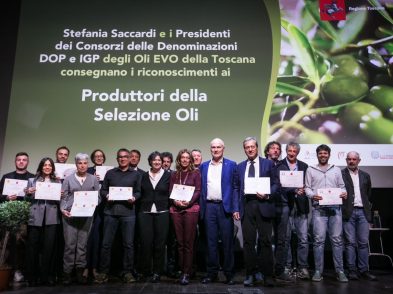Tucked away behind the 14th-century city walls, Dinicaffè has been roasting coffee beans since 1939 when Alberto Dini established his eponymous business. Today, operations are in the hands of his granddaughters Benedetta and Serena Nobili.

Our tour begins with a presentation about the “bean belt”, the origins of coffee in longitude, latitude and altitude, and how arabica brings aromas and flavours, while robusta adds creaminess and body. Premium coffee is the focus at this Florentine roastery: making a distinctive Italian blend of the highest quality. In order to achieve this goal, the cherries are handpicked, mostly by women, with 25 cherries going into every cup of espresso. It’s food for thought the next time you pay just a euro or so for the caffè at your neighbourhood bar. We learn about the wet and dry processes and how the beans are exported as green berries in hermetic GrainPro bags to keep them safe on their voyage to Florence. Serena, a fully qualified coffee grader, inspects the beans before they are shipped and upon arrival using a standard method: five cups of ground coffee and hot water to ensure a fair test.
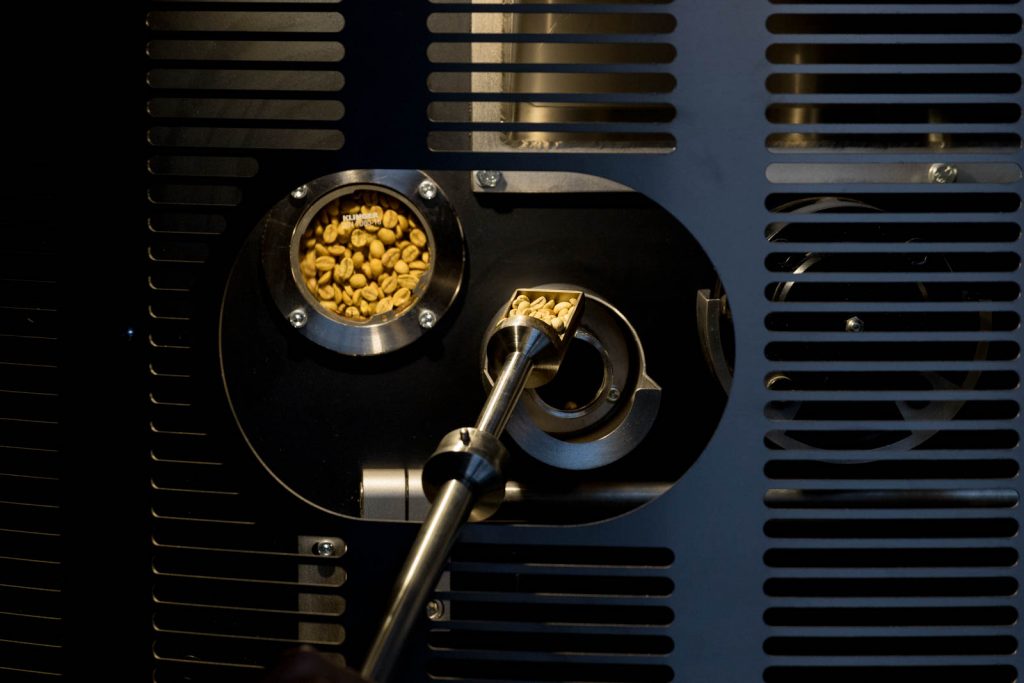
A stainless steel, Italian-made Brambati roaster (“the Ferrari of coffee roasters”) occupies pride of place in the adjacent room where just two men are managing the operations. Technology plays its part as the beans follow a computerized program before cracking (“like popcorn”) on reaching 200 degrees Celsius and being moved into a horizontal cooling tank. No direct flame is involved in the process. Instead the green coffee turns brown and is caramelized as it comes into contact with hot air. The entire process takes about 12 minutes.
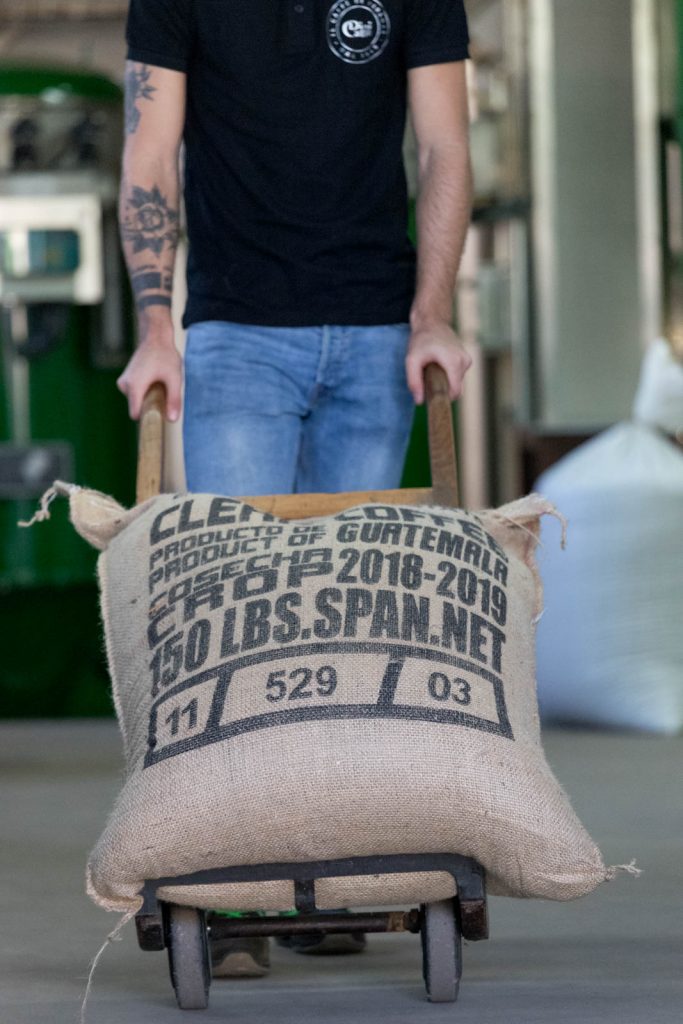
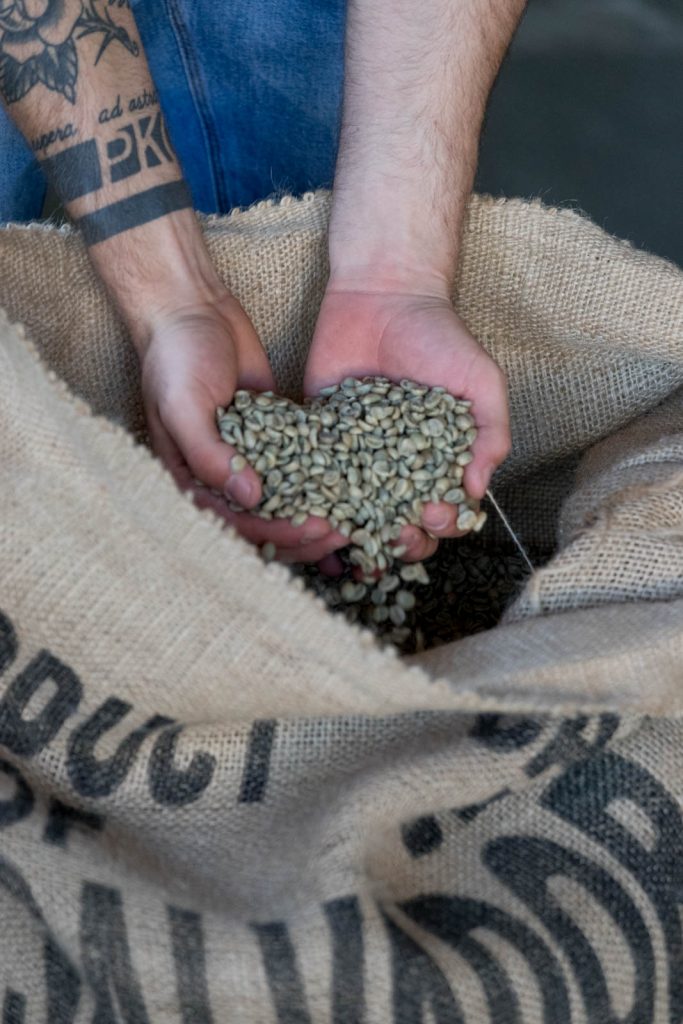
The freshly roasted beans are bagged and moved by hand down a conveyor belt dating to 1968, on which Benedetta and Serena used to play when they were little. The beans are left to rest on pallets indicating their provenance—India, Indonesia, El Salvador, Brazil and Guatemala—for a couple of days before being blended using a set of scales and a piece of equipment that resembles a “washing machine, but without water”.

From the labelling room, a set of stairs leads into a light-filled room that acts as Dinicaffè’s on-site coffee shop. “We get people coming by and buying their freshly roasted beans directly from us.” The Gran Bar blend is quintessentially Italian coffee, with all of the comforting embrace of your local bar and none of the burnt flavour or unpleasant acidic aftertaste that can result from poorly maintained equipment. “Our nonno used to say that, if a coffee’s good, then you want to drink another one immediately afterwards.” On my morning visit to Dinicaffè’s hillside operations, several cups were consumed—and many more will be savoured in the future. “Pop by for a coffee whenever you’re in the area,” says Serena, as she bids me farewell.
How to make the most of your moka pot
Here are the Nobili sisters’ pointers to extracting really good coffee from your moka pot.
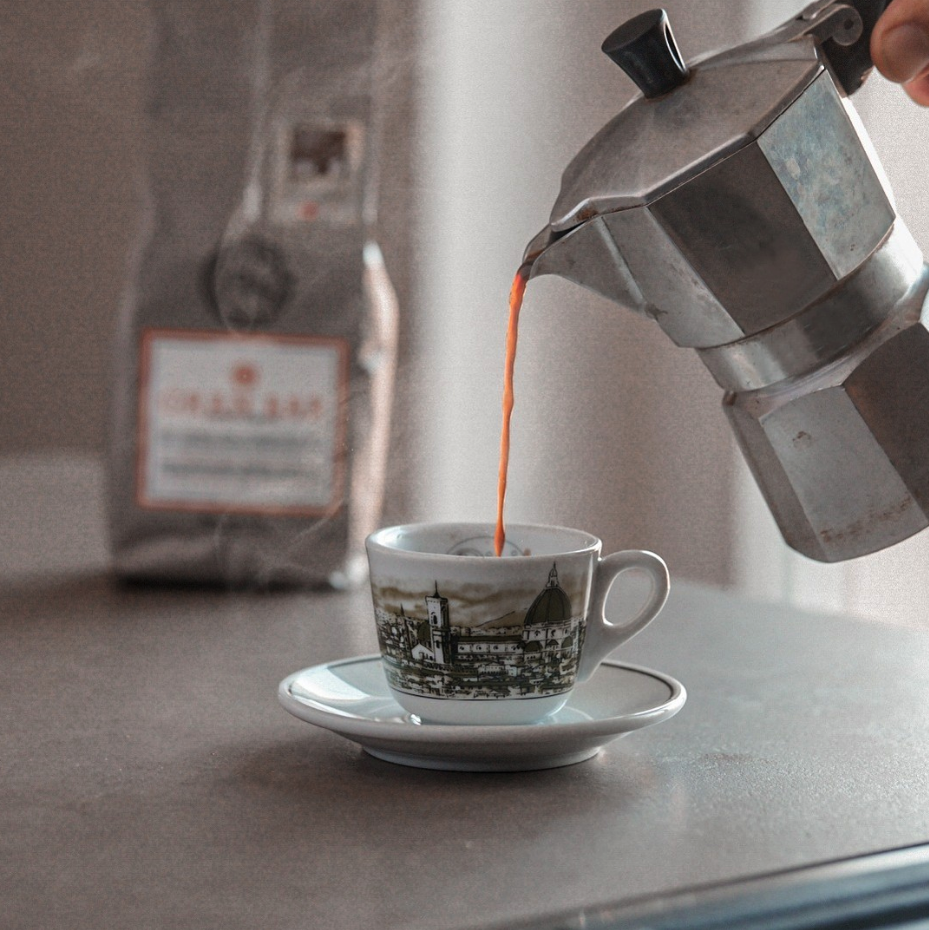
1. Grind 7 grams of coffee. (The powder should be slightly finer than sugar.)
2. Fill the heater unit up to below the valve with warm, but not boiling, filtered water.
3. Put the ground coffee into the filter and level it with your hands (don’t press it!) to obtain an even surface.
4. Leaving the lid open, place the moka pot on the stove, making sure that the flame doesn’t exceed the diameter of the base of the pot.
5. When it starts to bubble, remove the moka from the heat and wait until the end of the extraction.
6. Stir with a teaspoon to distribute the heat and consistency. Coffee is 99% water and 1% sediments.
7. Remember to wash the moka pot with water after each use. (Not in the dishwasher!)






